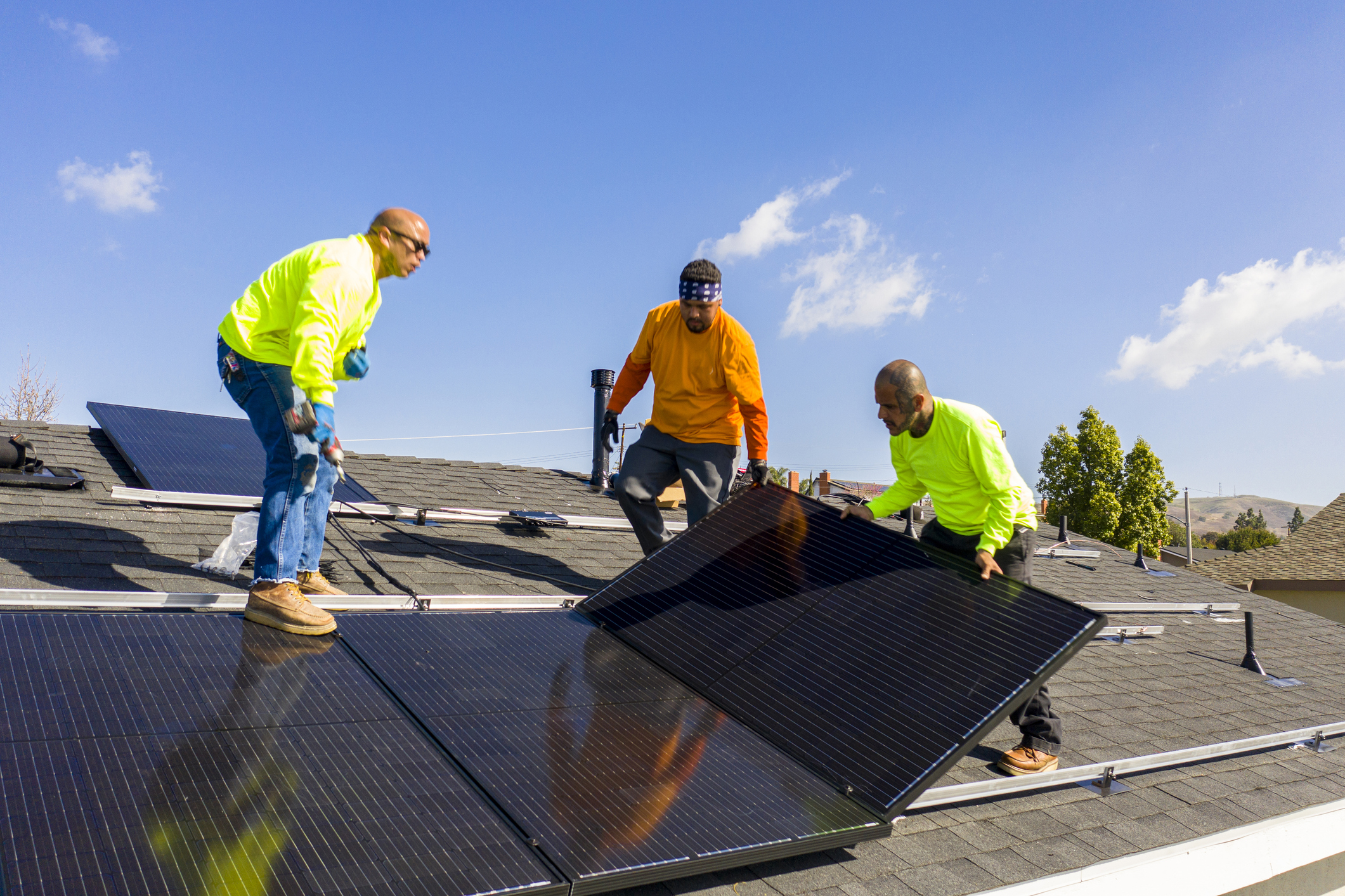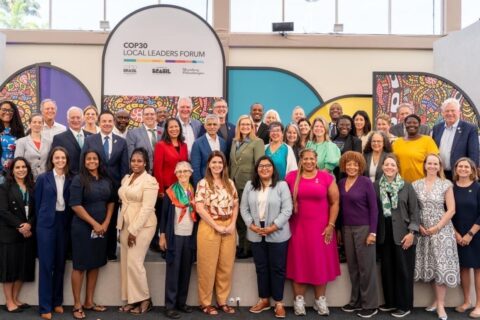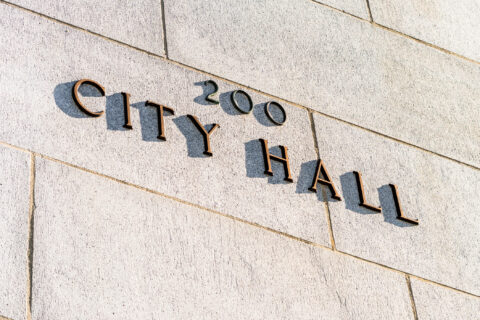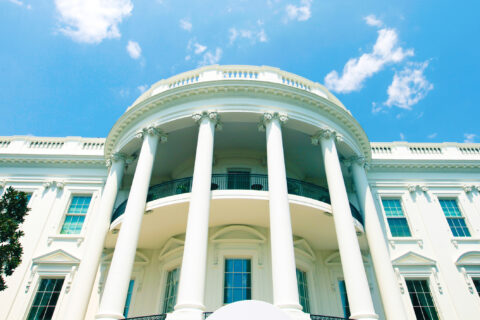The Greenhouse Gas Reduction Fund (GGRF), created through the Inflation Reduction Act, is a $27 billion investment in clean energy deployment nationally. It aims to ensure that low-income and historically marginalized communities have fair access to programs that will create good-paying jobs for the future while reducing local air pollution and energy bills. The Fund is creating a national clean energy financing network, supporting local clean energy projects by providing initial capital from federal funds to spur additional support through private capital and other public investments. The U.S. Environmental Protection Agency (EPA) has awarded funds to nonprofit institutions that will act as intermediaries to provide financing, grants and technical assistance to communities undertaking clean energy projects.
Cities, towns and villages, especially those with low-income and disadvantaged populations, can use the GGRF to make critical investments in community infrastructure, green workforce development and public health. Qualifying programs must reduce or avoid generating greenhouse gas emissions and other air pollutants, as well as deliver benefits to climate action, clean energy and energy efficiency, training and workforce development, clean transportation, affordable and sustainable housing, and remediation of legacy pollution or clean water infrastructure.
EPA has awarded the grant funds, which are expected to be available to sub-recipients in the form of financing and grants beginning this summer. Municipal leaders and staff can begin familiarizing themselves with the programs, awardees, and what they offer local governments and consider local projects that might be a good fit to receive financing from the awardees.
The GGRF has three component programs: the National Clean Investment Fund, the Clean Communities Investment Accelerator and Solar for All. The National Clean Investment Fund and Clean Communities Investment Accelerator serve to grow the US clean energy finance network, while Solar for All supports low-income solar and storage programs. All three programs can provide crucial support for municipalities making investments in clean energy and decarbonization.
I. National Clean Investment Fund
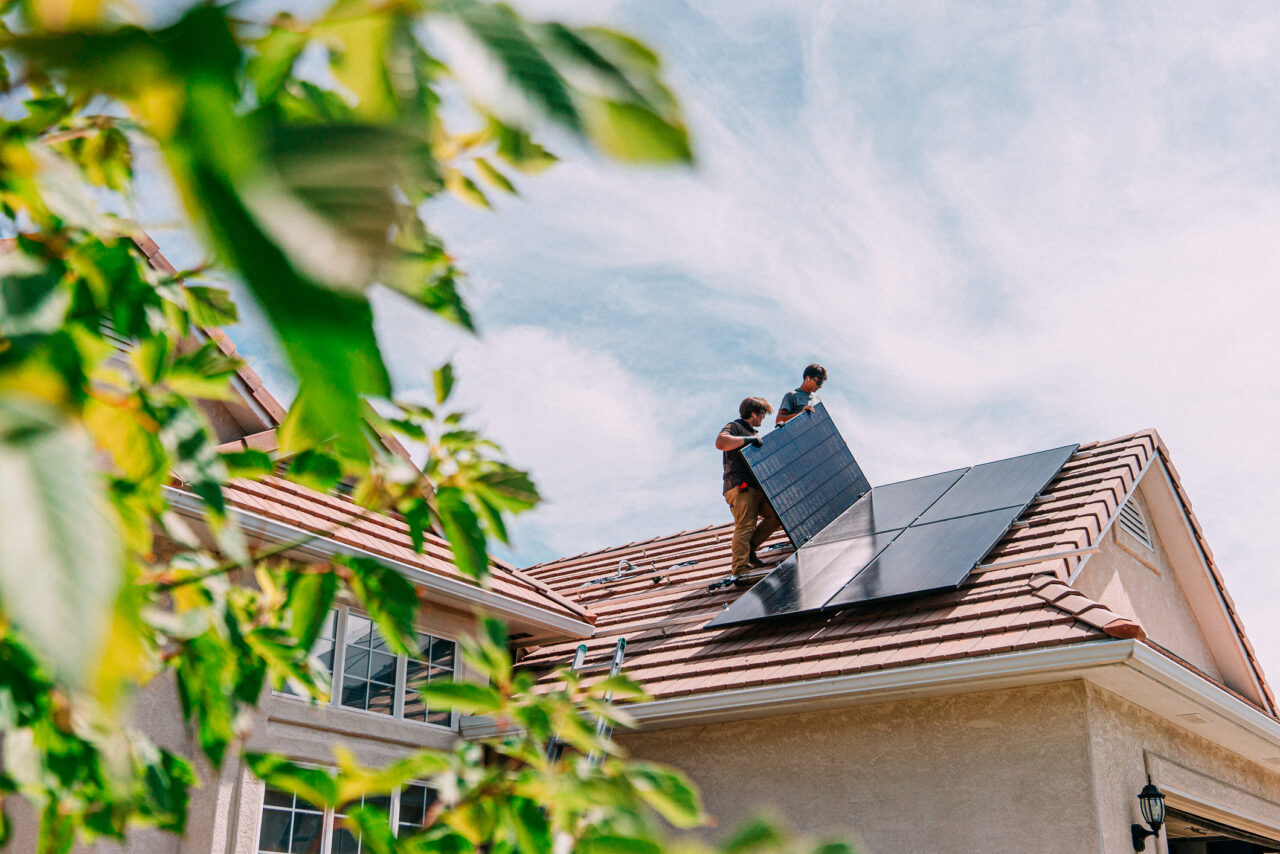
- The National Clean Investment Fund provides $14 billion to create financing institutions that will partner with private capital providers to deploy capital for clean energy projects nationally. The program has three priority areas for funding: retrofitting existing and constructing new net-zero buildings, supporting zero-emissions transportation and investing in distributed energy generation and storage, including any enabling infrastructure. At least 40 percent of the capital from this fund will go towards low-income and disadvantaged communities.
The three awardees of the National Clean Investment Fund will establish clean financing institutions, which will, in turn, provide project financing to individuals, nonprofits, businesses – especially small businesses – local governments and others with eligible projects.
- Climate United Fund received a $6.97 billion award. At least 60 percent of the investments will go towards low-income and disadvantaged communities, 20 percent of investments will be made in rural communities and 10 percent will be made in Tribal communities. The priority for this fund is lowering barriers to accessing clean energy capital for energy consumers, multi-family homes, community infrastructure, small businesses, small farms, schools, minority-serving institutions and community solar.
- Coalition for Green Capital was awarded $5 billion, with 50 percent of the capital going towards low-income and disadvantaged communities. This fund will focus on creating a national green bank, spurring public-private partnerships for clean energy investments, and distributing investments through the Coalition’s growing network of state, local and nonprofit green banks.
- Power Forward Communities is a coalition of Rewiring America, Enterprise Community Partners, Habitat for Humanity International, Local Initiatives Support Corporation (LISC) and United Way Worldwide. It received $2 billion to focus on affordable strategies for clean energy financing for single-family and multi-family homeowners and housing developers. Power Forward Communities is also committed to working with local governments to lower barriers to uptake and help meet affordable housing and clean energy goals. At least 75 percent of the capital available through Power Forward Communities will go to low-income and disadvantaged communities.
II. Clean Communities Investment Accelerator
- Clean Communities Investment Accelerator is a $6 billion fund being channeled through five awardees. All capital available through the program is dedicated to low-income and disadvantaged communities. The Accelerator will create hubs that provide community lenders working in these communities with capitalization funding and technical assistance to support the deployment of distributed energy, net-zero transportation projects and net-zero buildings. The awardees are nonprofits, Community Development Financial Institutions (CDFIs) and CDFI Intermediaries.
- Opportunity Finance Network received a $2.29 billion award. The CDFI Intermediary supports a network of over 400 community lenders in all 50 states, the District of Columbia and some US territories.
- Inclusiv was awarded $1.87 billion. This CDFI Intermediary supports over 900 mission-driven credit unions across the country, including CDFIs and financial co-operatives in Puerto Rico.
- Justice Climate Fund is a nonprofit that was awarded $940 million to deliver capital and capacity building assistance for clean energy projects to community lenders across the country.
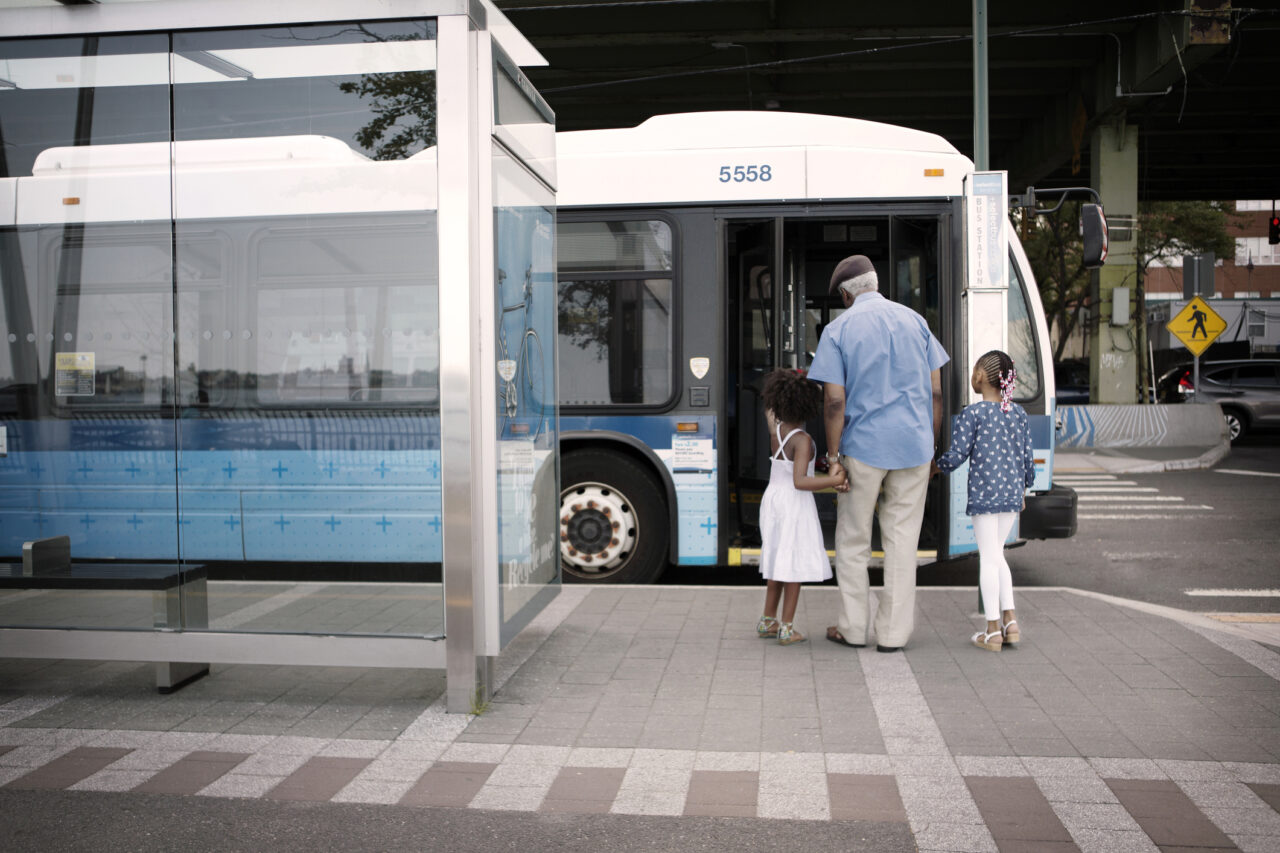
- Appalachian Community Capital is a CDFI that won $500 million to launch the Green Bank for Rural America, delivering capacity building assistance and capital to community lenders in coal, energy, underserved rural and Tribal communities across the country.
- Native CDFI Network received a $400 million award. This nonprofit represents over 60 Native CDFIs working in rural reservation communities and urban communities in 27 states. The Network will use this award to continue addressing barriers to capital access for Native communities.
III. Solar for All
Solar for All is a $7 billion program to fund the creation or expansion of 60 low-income solar programs. The program seeks to reduce greenhouse gas emissions, air pollution and over-burdened households’ electric utility bills. As with the other two GGRF programs, Solar for All also aims to open new markets for clean energy investments.
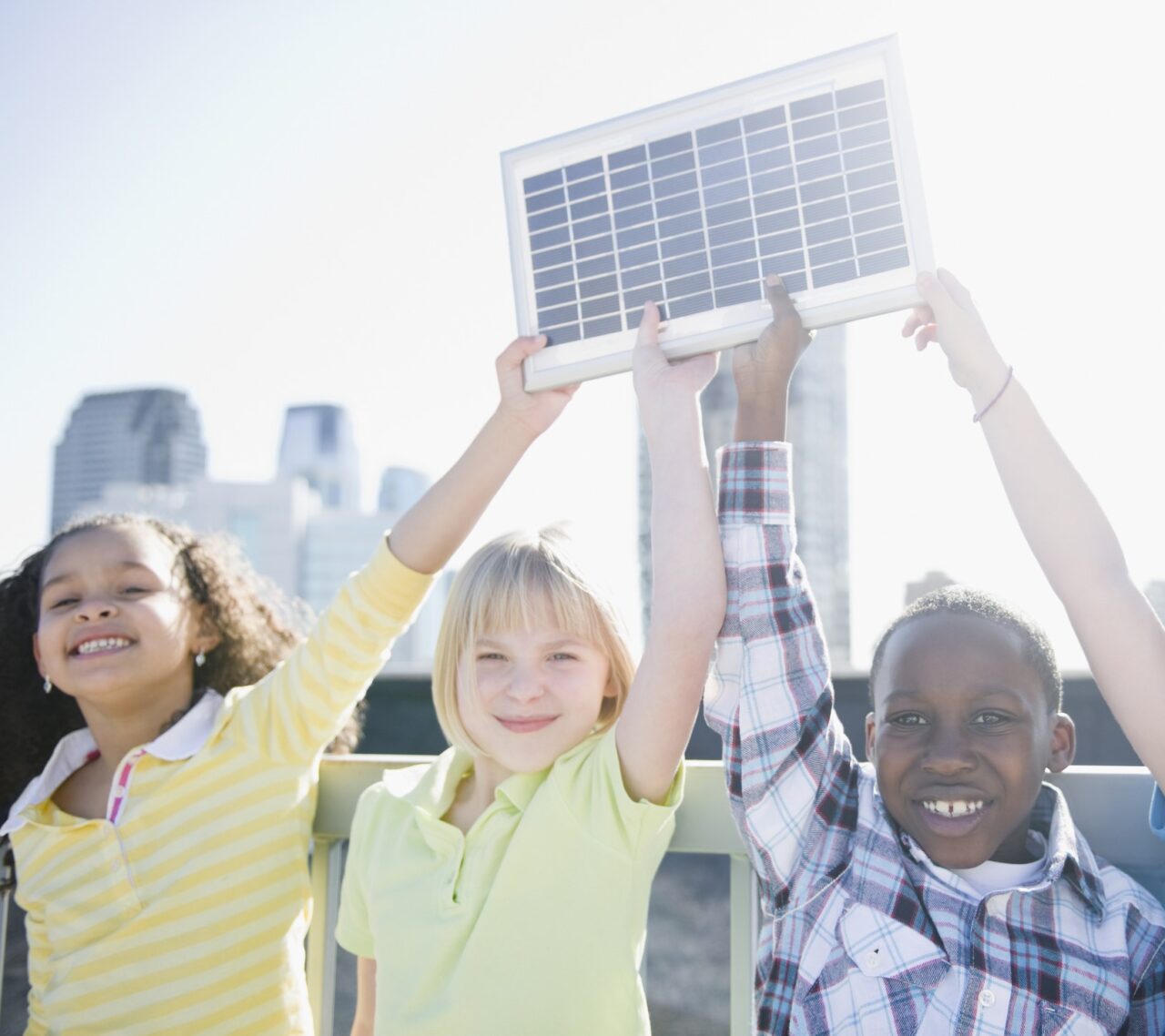
Funds must be used for the delivery of residential rooftop solar and community solar, enabling upgrades and associated storage. Capital will be available to communities as grants, loans and other financial assistance. Like the Clean Communities Investment Accelerator, all capital available through Solar for All is designated for low-income and disadvantaged communities. This capital will be dispersed by the program’s 60 awardees, which include 49 state-level recipients, six Tribes and five multistate awards, as well as Harris County, TX. Awardees will likely begin dispersing funds in September 2024. Details on the awardees can be found here.
How Should Cities Start Planning?
As cities, towns and villages wait for these funds to become available as the awardees set up their lending programs, there are a few actions they can begin to take.
1. Review Climate Plans and Priorities
What progress has your municipality made on decarbonizing building stocks and transportation fleets and growing residential and commercial solar programs? Identifying gaps in local climate planning and creating a climate action plan can help communities prioritize areas for investment. According to the Local Infrastructure Hub, “projects that municipalities have more direct control over from ideation to execution…should be a simpler match with GGRF financing that will likely be disbursed at scale quickly.”
2. Talk to Local Community Leaders
Local leaders can begin building relationships with local lenders who are part of the Clean Communities Investment Accelerator awardee networks. They can also begin building awareness of GGRF programs among local lending institutions and prepare them to apply for financing.
3. Assess Workforce Capacity and Development Programs
Building the local workforce to implement clean energy projects is essential. Cities can start by supporting existing workforce development programs – especially those in low-income and disadvantaged communities – and engaging them in clean energy programming. Read more about how to support green workforce development here.
4. Check-in With and Convene Other Important Stakeholders
In addition to local lenders and workforce partners, engage other community partners like developers, community-based organizations, anchor institutions, school districts, regional governments and more. Coordinating efforts and building awareness of other local projects will help align priorities and maximize benefits across the community.
The Greenhouse Gas Reduction Fund can provide important financial support for local clean energy projects to reduce air pollution, improve building stock and more, particularly in low-income and disadvantaged communities. Bolstering local partnerships will help communities make the most of these programs.
Stay Connected
Sign up for the Federal Advocacy newsletter to get the latest updates on NLC’s federal advocacy efforts.
